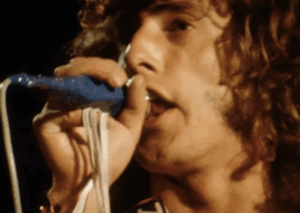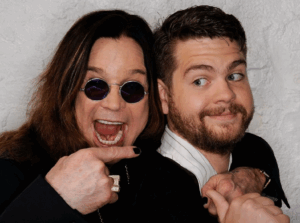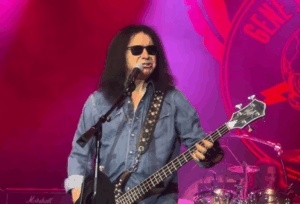Linda Ronstadt Talks About The Eagles In Adorable Interview Back In The 70s

In the late 1970s, Linda Ronstadt was the biggest female rock star in the United States, achieving several platinum records and gracing magazine covers with her beauty. However, by the early 1980s, she grew tired of playing in large arenas and sought new musical challenges.
Millions sang along to her hits like “You’re No Good,” “It’s So Easy,” and “Blue Bayou” on the radio. Her success was not just due to her talent but also the influence of other artists such as Emmylou Harris, Dolly Parton, Eagles, Paul Simon, and James Taylor. Ronstadt’s discipline and collaborations with these respected musicians in contemporary rock music contributed significantly to her reputation in the 1970s.
Ronstadt’s versatility as a solo artist was evident as she excelled in various genres, from traditional country to rhythm and blues, new wave, opera, and mariachi. Born Linda Susan Marie Ronstadt, she became a prominent figure in the country rock genre of the 70s. Although she occasionally composed songs, she was best known as a performer of others’ compositions.
In an interview, Ronstadt traced her musical journey back to her brief university days in Arizona before moving to California. She played at small folk music clubs, eventually finding herself at the Troubadour, a venue that played a crucial role in her career. At the Troubadour, she met influential musicians and began to establish herself in the music scene.
Ronstadt’s early band, The Stone Poneys, struggled initially but eventually secured a recording contract through Herb Cohen. The band members, including Kenny Edwards and Bobby Kimmel, went their separate ways due to differing musical interests. Ronstadt continued her solo career, often collaborating with musicians she met at the Troubadour, like Glenn Frey and Don Henley, who later formed the Eagles.
Despite the challenges, including a difficult period while recording her album “Don’t Cry Now,” Ronstadt’s dedication to music never waned. She chose songs that resonated with her personal experiences and emotions, often collaborating with songwriter J.D. Souther, with whom she shared many of her life’s ups and downs. This authenticity and connection to her music contributed to her lasting impact on the industry.













